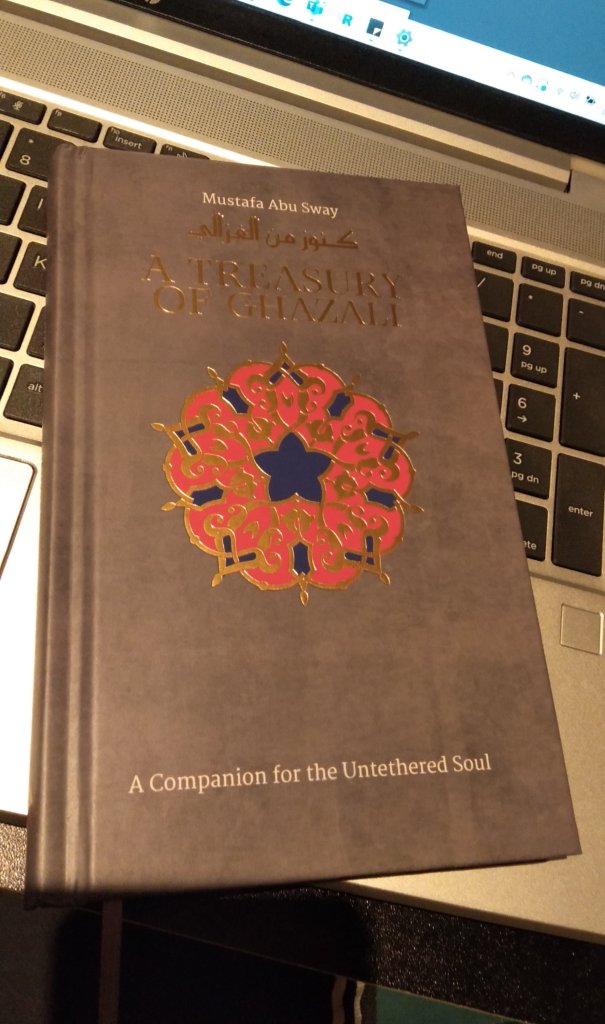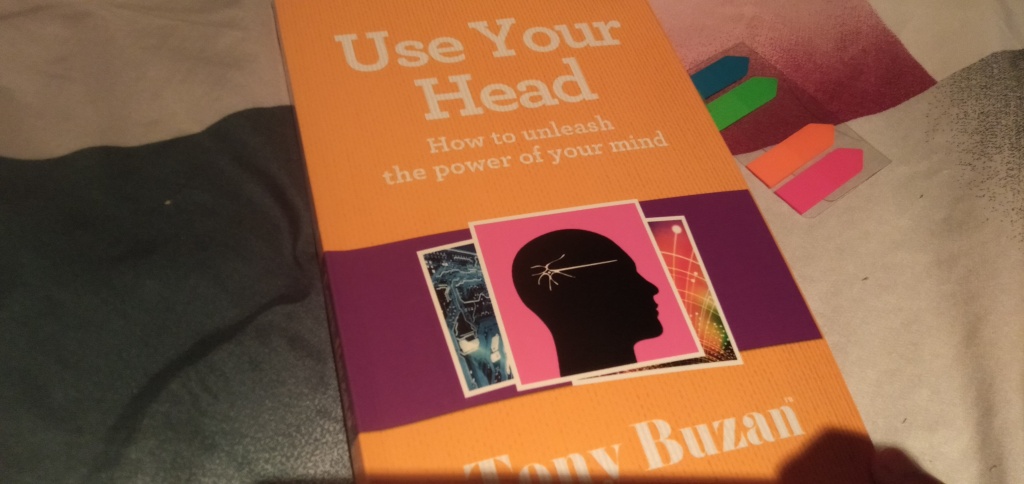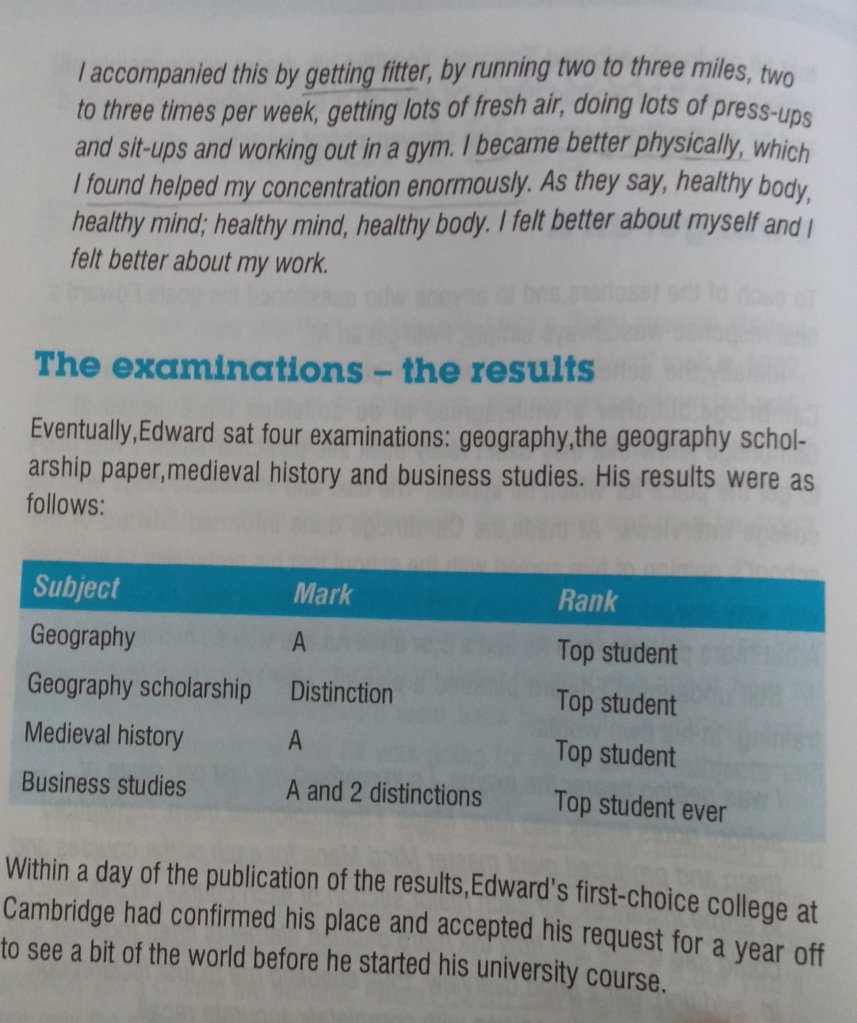He is Abu Hamid Muhammad al Ghazali, the man who could disprove the ideas that challenged the true Islamic faith. This little but condensed reflection book by Professor Mustafa Abu Sway gives a clear overview of Imam Ghazali’s works and wisdom, very recommended for everyone who wants to know Islam in the right way.

It consists of 40 chapters, and I will summarize the most interesting part for you (although all of those 40s are super!)
I. Education with the Right Intention (p.6-8)
“How many nights have you stayed awake revising and memorising knowledge and poring over books, denying yourself sleep? I don’t know what was the purpose of all this. If it was for the purpose of attaining worldly ends, securing its vanities and acquiring position, and bragging before your peers, then woe to you! and again, woe to you! But if your purpose for doing so was reviving the Sacred Law of the Prophet, may Allah bless him and grant him peace, refining your character and breaking the soul that commands to evil, then blessed are you! and again blessed are you!” (al Ghazali, Majmu’at Rasa’il).
Islam is not against material and knowledge gain, but we should be wary of the potential impact of fame on the heart. Or everything will be in vain.
II. Are You in the Wrong Business? (p.9-11)
“Therefore know, O you who is keen on knowledge and set out to acquire it and shows a genuine desire and real thirst to obtain it, that if your intention for seeking knowledge is rivalry, boasting, surpassing your peers, drawing people’s attention to you, and massing the vanities of this world, then you are in reality in the process of ruining your religion, destroying yourself and selling your Hereafter in exchange for this worldly life—your transaction would therefore be an utter loss, and your trading profitless. [In such a case] your teacher would also be helping you in disobeying Allah and is your partner in loss, just like the person who sells a sword to a highway robber”. (al Ghazali, Bidayat al-Hidayah p.8).
Imam al-Ghazali said “if you were to find yourself on a sinking ship, you would carry with you only that which will save you! Carrying your weighty belongings, even if they were of gold in such a situation is definitely not wise. Likewise, it is your good deeds (and bad ones too!) that continue with you after death. Your good deeds are your boat to safety!”. In this chapter, Prof. Abu Sway emphasizes the urgency of purifying the heart.
III. Seek Felicity (p. 12-15)
“The otherworldly felicity we are concerned with is subsistence without end, pleasure without toil, happiness without sadness, richness without impoverishment, perfection without blemish, and glory without humiliation. In sum, it is everything that can [at the same time] be conceived of as sought and seeking, desired and desirous, eternally and forever, such that it is undiminished by the passage of time and successions of generations. Indeed, if the whole world was full of gems and a bird was to pilfer one of them every one thousand years, then the gems will be exhausted but everlasting eternity would not be diminished a bit.” (al Ghazali, Mizan al-‘Amal p.180-181)
No matter how plentiful ‘something’, the good and enjoyable things in this world are finite. In fact, even the bad things are finite. What is life if not the sum of these moments (e.g. circumambulating the malls and the marketplaces time and again, often buying unnecessary things), whether utilised properly or not. But leading a purposeless life is not about time, it is about the path one charters Not using time properly to seek felicity is an act of ingratitude towards Allah who has gifted one with life.
IV. Introspection (p.16-18)
“Then I considered my state of affairs, and I realised that I was deep in worldly attachments, surrounding me as they were from every side. I then scrutinised all my works, teaching and instructing being in the finest, among these, and I found that I was occupied with unimportant disciplines, since they were of no benefit for the way to the Hereafter. Then I meditated on my intention in teaching and realised that my intention was not purely for the sake of Allah Most High. In fact, my intention was spurred and motivated by seeking status and fame. I became therefore certain that I was on the verge of a deep precipice, almost plunging into hellfire unless I worked to remedy my state of affairs.” (al Ghazali, al-Munqidh min al-Dalal p.134)
If one could capture Imam al Ghazali’s solution to the worldly attachments and distractions that prevented him from turning wholeheartedly towards Allah, it must be: detachment. His real example is when he decided to leave his position at the Nizamiyyah College of Baghdad, he leave his money and fame source just to redirect himself toward Allah.
IX. The Merits of /marriage (p.32-35)
“Know that the scholars have differed about the merit of marriage, with some of them exaggregating its merit to the extent that they claimed it is better than dedicating. oneself to the worship of Allah; while others recognised its merit but preferred dedicating oneself- to the worship of Allah over it, as long as one does not long for marriage to such an extent that it disturbs one’s state and tempts one to have sex.” ( al Ghazali, Ihya Ulumuddin p.21)
There is no doubt that marriage is meritorious, and that is the normative Prophetic path, so much so that by getting married it’s considered that one has fulfilled half of one’s religion. Here, al-Ghazali explains the correlation between marriage and spirituality.
XIII. Travelling (p.46-49)
“The benefits that motivate travelling are either running away from something or seeking out something, for the traveller is either bothered about something where he is staying, without which he would not aim to travel, or he has an objective and purpose in doing so. Running away takes place because of worldly issues that have adverse effects on him, such as the plague and epidemics when they appear in a country, or out of fear because of sedition, a dispute or a hike in prices. The reasons for travelling are either general, as mentioned, or particular such as being targeted with personal harm in a town so that one runs away. The reason for travelling may also be for matters detrimental to one’s religion such as being tried with prominence, money and a host of other material causes that prevent one from dedicating one’s time for the sake of Allah, thus preferring the life of an unknown person or a stranger to avoid wealth and status. And it may be that one is coerced to subscribe to a blameworthy innovation in religion or invited to take a public office which is unlawful to assume, and hence one flees from it.” (al-Ghazali, Ihya Ulumuddin p.245)
al-Ghazali captures [in the above passage] the essence of travel. One travels to avoid danger or discomfort, to look for better conditions for one’s final destination, or simply to seek some other good. Travelling, al-Ghazali adds, is sought either for worldly gains or for religious purposes. The latter can be divided into seeking knowledge or action. Knowledge covers personal practical ethics that can be acquired through travelling, but also the knowledge of geography which reflects the marvels of the earth.
XIV. Listening to Songs (p. 50-52)
“Listening [to songs] can be absolutely prohibited, permitted, reprehensible or praiseworthy. As for that which is prohibited, it is for most young men who are overwhelmed with the lust of this world; for listening will stir up in them nothing but the reviled attributes prevalent in their hearts. As for that which is reprehensible, it is for those who do not project what they listen to into the image of human beings, but take listening as a habit for most of the time, for entertainment. As for that which is permitted, it is for those whose share of listening is restricted to enjoying beautiful voices. As for that which is praiseworthy, it is for the one who is captivated by the love of Allah Most High, and listening will only stir in him his praiseworthy attributes”. (al Ghazali, Ihya Ulumuddin p.36)
Centuries ago one had to go to special places and gatherings to listen to songs, which were not available all the time. When Muslim scholars discussed and ruled over listening to music and songs, they could not imagine a time in the future when literally millions of recorded songs would be stored in a virtual reality that are readily available all the time. But what are they listening to?
Continue reading










